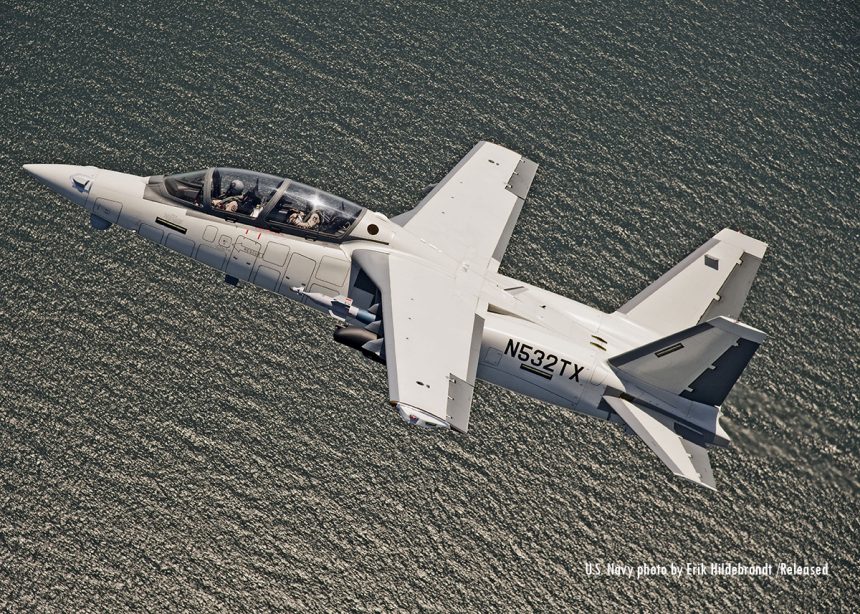Textron’s Scorpion Aces Weapons Separation Testing.
Going five for five in the complex, methodical and engineering-driven military aircraft test regimes is rare. Weather, range logistics, recording equipment, aircraft readiness or one of any other number of details typically conspire to scrub a test flight.
This past July the Textron Aviation Defense Team of two Scorpion jets (production airframes P2 and P3), three Test Pilots, two Flight Test Engineers and 12 support staff (ground, weapons, maintenance, program) descended on NAS Patuxent River, Maryland for weapons separation testing. Five scheduled flight tests in five different configurations over five flight days with 100% completion on time and target enabled the team to achieve “Ace” status, of sorts.
The test plan was aggressive and put the credibility of the three Textron test pilots at risk – all graduates of the US Navy Test Pilot School at Pax River.
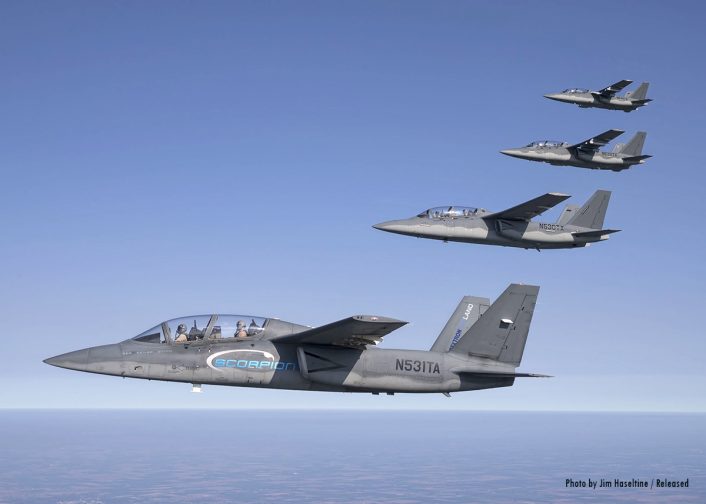
Textron Chief Test Pilot Dan Hinson (23 years in the F/A-18) was humbled to be back among the professionals where he had served and honed his skills. Hinson noted the tremendous respect for both NAVAIR and the Navy’s VX-23 developmental flight test organization, the Air Test and Evaluation Squadron affectionately known as the “Salty Dogs.” The entire test regime was carefully coordinated with NAVAIR, the Naval Test Wing Atlantic (NTWL) and VX-23 with protocols followed in the same fashion as is done for military aircraft tests.
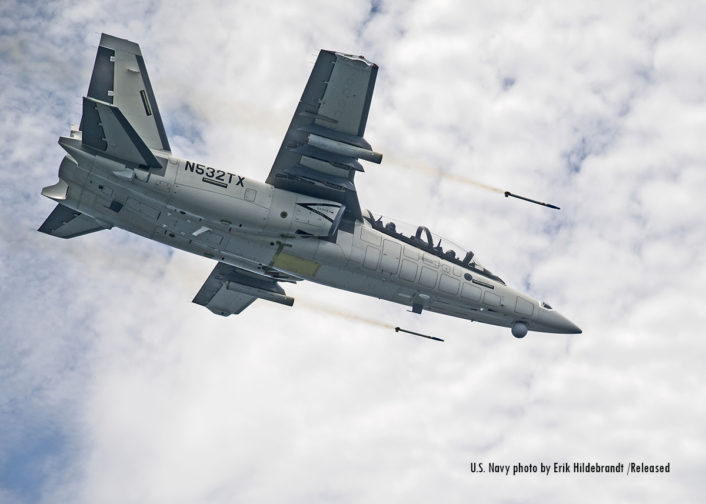
Weapons separation may appear simple; however, it is complex testing that is rigorously documented. One Scorpion functioned as “chase“ aircraft while the “tester” was outfitted with high speed cameras on the nose, wing and tail. Every aspect of the release was closely monitored with scores of data points captured.
This was the first time the Scorpion had achieved rack separation. Weapons such as the HMP-400 .50 Cal guns and LAU-131A/A rocket launcher were monitored for hot gas ingestion into the intakes. Operational modes were tested and wiring configurations were evaluated.
Weapons tested included:
- LAU-131A/A 2.75” unguided/guided rocket launcher
- HMP-400 .50 Cal machine gun pods, (two flights with single and simultaneous firing)
- GBU-12 Paveway II 500 lb. bombs
- BDU-50 (500 lb. practice bomb)
As aggressive as the schedule for the weapons testing was, it was completed four days early. Hinson and team relished the tremendous professional support of NAVAIR, NTWL and VX-23 and departed with the Navy’s great respect for their test efficiency and rigor, fortified. The completed tests took place just in time to open the weapons delivery envelope in support of the USAF OA-X Light Attack Experiment taking place at Holloman AFB, New Mexico.
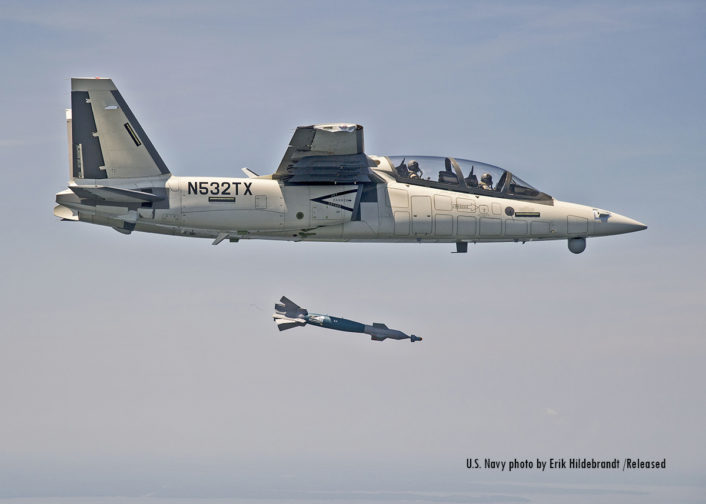
The aircraft utilized for testing were of the production standard (P1-P3) differing from the original developmental aircraft (D1) in the following ways;
- P1-P3 all feature an all trimmable tail – enabling improved flight performance.
- The large internal payload bay has been reconfigured to house deeper payloads.
- The landing gear has been updated to a trailing link gear configuration with larger brakes.
- P1-P3 utilize a full Garmin G3000 Avionics suite.
Given all the attention the attack component of the Scorpion has received in the press, it is often overlooked that the aircraft is built around a payload bay. The modular payload bay is impressive with great volume, electrical and cooling capacity for a wide variety of payloads/sensors. One example is the L-3 Wescam MX-25 – now capable of full retraction into the payload bay. The MX-25 is L-3 Wescam’s largest electro-optical/infrared camera. For comparison purposes, the US Navy P-8 Poseidon utilizes the slightly smaller L-3 Wescam MX-20.
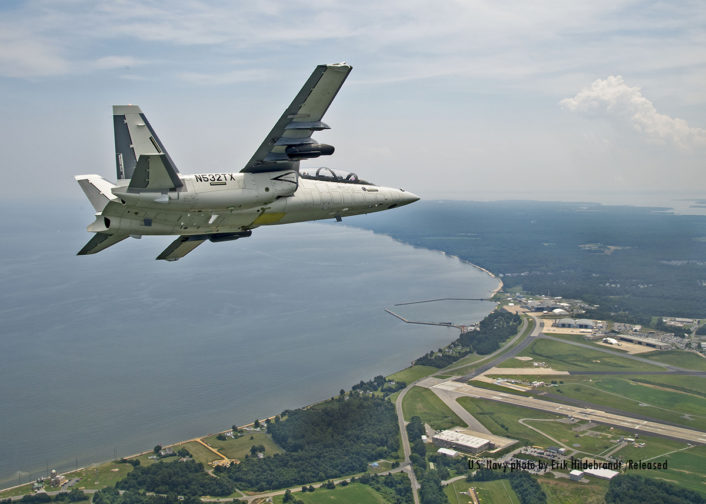
Aside from great payload flexibility, the Scorpion is night vision capable and both the front and rear cockpits are prepared for use with the Thales Visionix Scorpion Helmet Mounted Cueing System.
Textron’s Scorpion summer of 2017 has been a resounding success. The 4 aircraft (D1, P1, P2, P3) were simultaneously tasked at multiple locations (Paris International Airshow, Royal International Air Tattoo (RIAT – RAF Fairford), Pax River, MD [weapons testing] and the ongoing USAF OA-X Light attack experiment. All while a production airframe (at times two) continued with envelope expansion testing at Textron’s base in Wichita, Kansas.
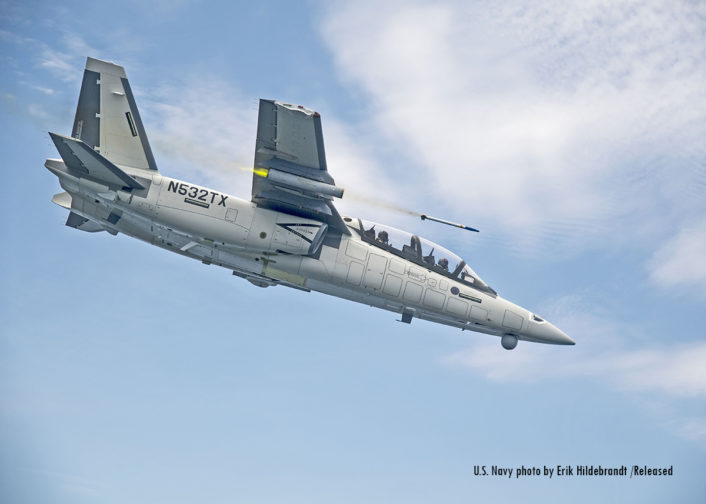
In a class by itself, the Scorpion offers unique capability to carry the latest ISR sensors, loiter for extended periods of time and prosecute targets at will. Given the aircraft’s sound performance to date, the Scorpion appears well on the way to becoming the solution of choice for economical, intelligent and lethal airpower in the permissive environment or as a component of a large force projection.
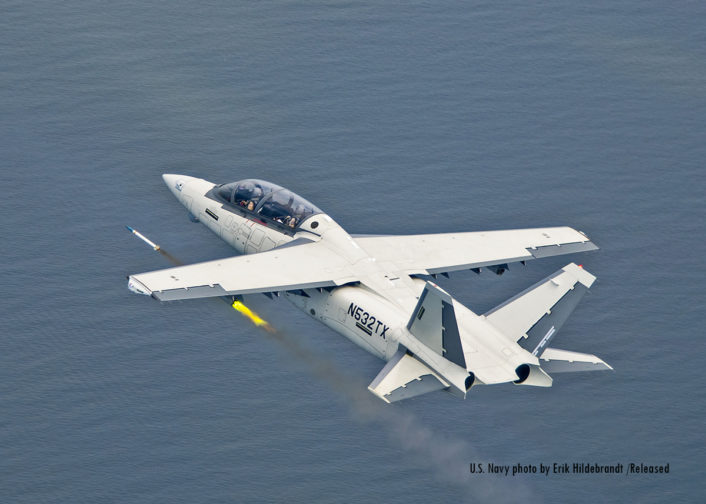
The Author expresses special thanks to Dan Hinson – Textron Aviation Defense Chief Test Pilot and former NAVAIR PMA-265 F/A-18 & EA-18G Integrated Product Team Lead, Commanding Officer of the U.S. Naval Strike Fighter Weapons School, and graduate of U.S. Naval Test Pilot School Class 103.
Photo Credits, as indicated US Navy by Erik Hildebrandt / Released and Jim Haseltine / Released

